Mobile App Development Process in 2022: All You Need to Know

With the world reaching new heights every day in digital media, mobile apps have become one of the most important tools in our lives.
According to research conducted by Statista Research Department, global mobile app revenues reached more than 365 billion U.S. dollars in 2018 and are projected to cross 935.2 billion U.S. dollars by 2023.
All types of mobile apps go through the same development processes, and most of these mobile apps are available on the Apple App and Google Play Stores. The mobile app development process involves reaching an idea, strategy, design, development, deployment, and post-launch phases.
Idea
The success of any mobile application depends on its idea. If you want to develop an app but do not have a clear idea of why you are building this app, you can focus on finding problems around you that most people face.
For instance, if you want to create an app to help victims of harassment, talk to the gender affected by it the most. It will help you understand the issue and deliberate on healthier solutions. You might want to create an app that solves an expensive problem within your department or organization.
Strategy
The initial phase of an app's development is setting a plan that can make your idea successful. A business plan needs to be devised by carrying out market research and different business analyses to understand the position and demand of your idea in the market.
Try to keep your plan precise and to-the-point, so that your stakeholders/investors aren't confused. A business plan includes effective marketing strategies that will help the developer ensure its profitability. It also brings you closer to your goal, as developers with a business model are likely to be more successful.
A good business plan includes competitive analysis, market research, SWOT analysis, and business model canvas. We will discuss these more in detail in the later sections.
Competitive Analysis
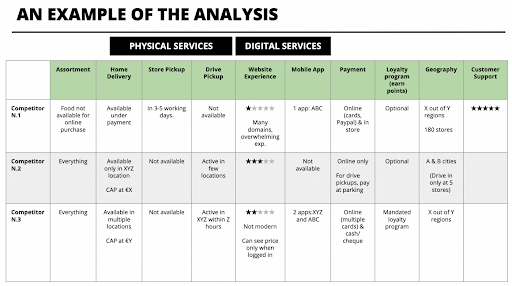
Understanding the level of competition your app will face after its launch is vital for its profitability.
You have to carry out a competitive analysis, which can be conducted in four easy steps.
- First, check the number of downloads the app has. If more people have it on their phones and use it, it is likely to be more popular.
- Second, check their ratings and reviews left by the users on the app stores. Search for tech reviews on different blogs and see what they think about the app.
- Third, search for the developer's history. See how that app has changed over time, its updates, and the issues faced throughout its life.
- Lastly, use the app yourself and ask your friends to use it. This will help you analyze what it does best and what it lacks.
By conducting a competitive analysis, you will learn as much as you can for free and plan accordingly. It will help you avoid the mistakes other developers make and save time and money. Moreover, it also gives you an idea of how hard your battle is going to be.
Market Research
Carrying out effective market research is an essential step in the app development process. Market research is all about gathering data about target markets and customers.
The market research types for mobile app development can include competitive analysis and customer segmentation research.
Competitive analysis helps you understand your competitors' strengths and weaknesses while customer segmentation research aims to divide the market into smaller groups or personas to enable more targeted marketing messages.
Market research helps define the target audience by their demographics, psychographics, lifestyles, and habits. Through market research, a business can consider possible customers, usability aspects, customer objectives, and industry trends in mobile app development – the knowledge of which increases the likelihood of success.
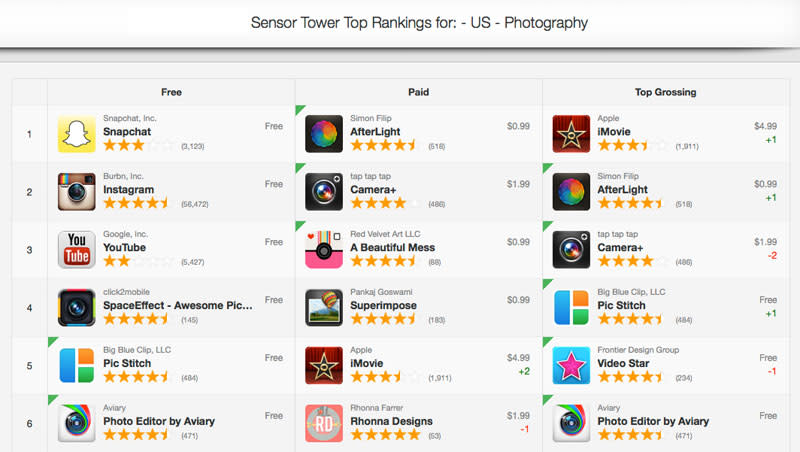
SWOT Analysis
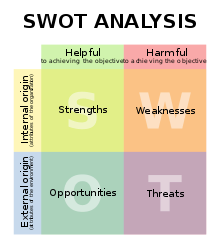
Credit: https://en.wikipedia.org/wiki/SWOT_analysis
SWOT analysis can be defined as a technique for assessing your app's strengths, weaknesses, opportunities, and threats to give basis to current and future acts and help develop strategic goals.
A SWOT analysis determines your app idea's strengths by helping you list its advantages, highlight its unique selling point (USP), and define the aim of the app.
It assesses your idea's weaknesses, identifies possible hurdles in revenue generation, helps you recognize the useless aspects of your thoughts, and lists development factors.
A SWOT Analysis also assists the developers in understanding opportunities and identifying the weaknesses of the competitors. It enables you to comprehend and predict user behavior patterns and discover the latest technology trends.
Moreover, this analysis also flags the threats your app could face and helps you check if your app is in sync with the latest industry standards.
Business Model Canvas
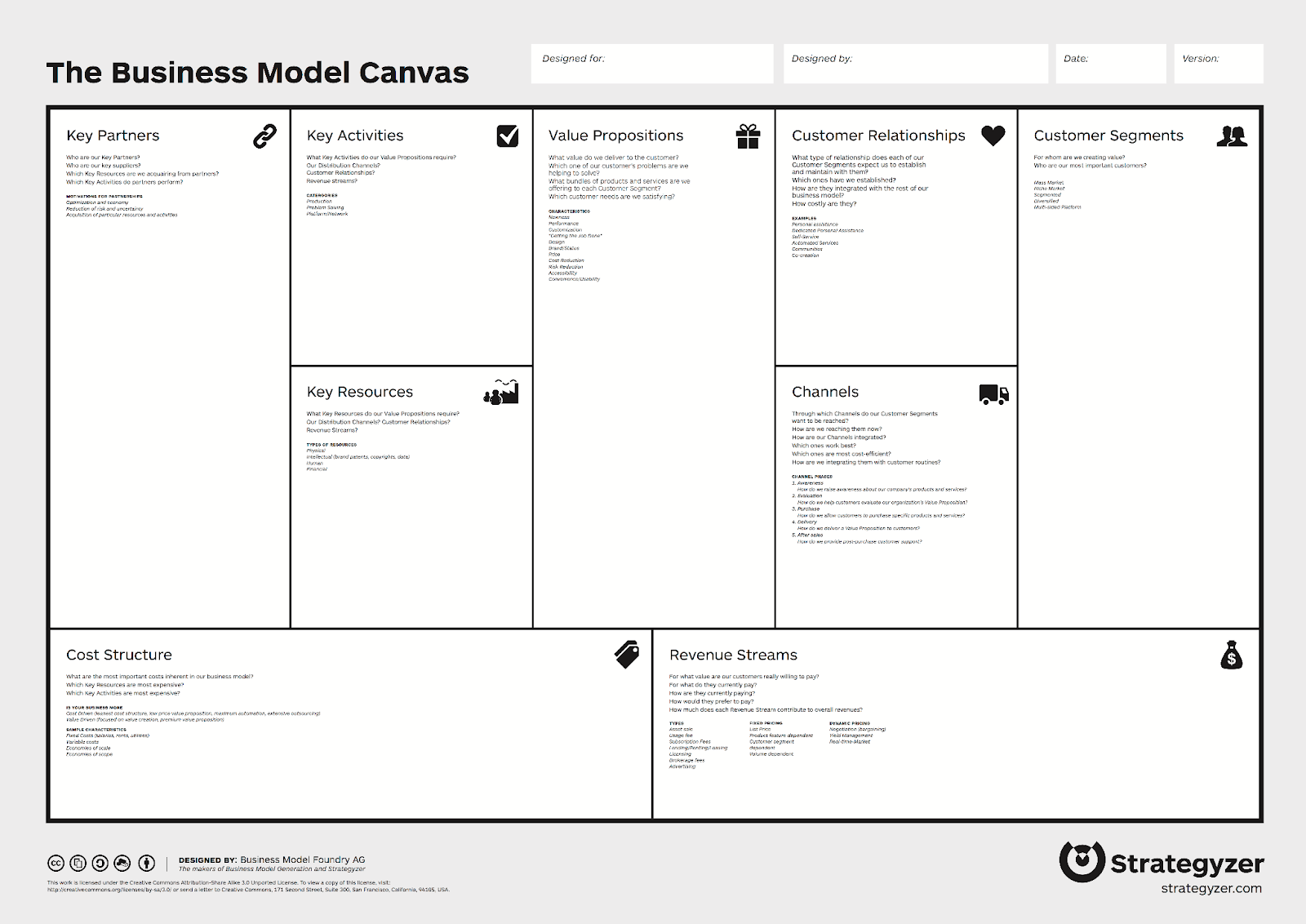
photo credit: https://en.wikipedia.org/wiki/Business_Model_Canvas
A business model canvas helps you visualize the basic building blocks when starting a business, including customers, value proposition, route to market, and finance. It enables you to reinvent your app and idea. This tool helps develop a clear and sound comprehension of value proposition, customers, operations, and finances for an app startup.
It has nine different areas of focus:
- Key Partners
It helps you identify potential buyers and suppliers you need to develop relationships with and alliances that will aid you in accomplishing core business activities and fulfill your values proposition.
- Key Activities
A business model canvas helps you analyze activities you must engage in to fulfill your value propositions, secure distribution channels, and to develop meaningful customer relationships.
- Key Resources
It aids in recognizing key resources needed to create value for customers and sustain your app.
- Value Propositions
A business model canvas gives you ideas about services you may offer to meet the needs of your app users and create a unique selling point for your app.
- Customer Relationships
It identifies the type of relationships you will forge with your target market by enabling you to understand the opportunities of each customer segment and how they are tangled with the rest of your models.
- Customer Segments
A business canvas grants you information about the set of customers you will serve through your app and highlights the most vital one.
- Channels
It gives you a clear understanding of the cost-effective means through which you will reach your targeted customers (Apple App Store and Google Play Store).
- Cost Structure
A business canvas helps you predict all the costs that you might incur while developing your app.
- Revenue Streams
This tool informs you of how much your customers are willing to pay and what you should charge for your products and services. It also helps you establish a path for receiving payments from your customers and aids you in deciding how many revenue streams you need to contribute to your overall revenue.
Product Roadmap

https://roadmunk.com/guides/what-is-a-product-roadmap/
Right after identifying the necessities for your app, formulate a roadmap. For this, prioritize the mobile app requirements and group them into delivery milestones. If time, resources, or costs are a concern, define your minimum viable product (MVP).
Minimum Viable Product (MVP)
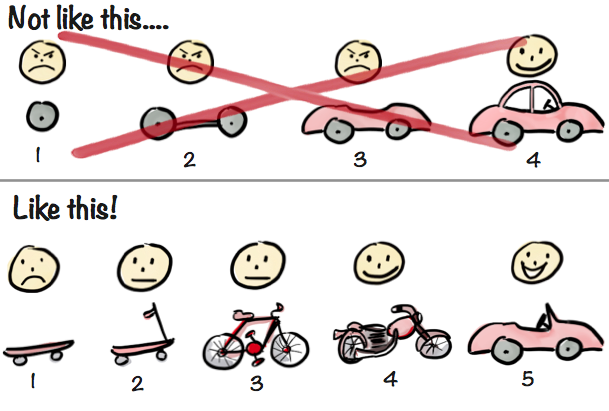
The MVP can be defined as a version of a service, in this case, your app, with just enough features to be usable by initial customers who can then provide the developers with criticism for future progress.
It is the last stage of the strategy process. Setting a roadmap for your app is significant because it can help you understand the sort of level your app could reach one day and predict its success.
During this process, it can be helpful to write on a diary, whiteboard, or document all the features you want your app to have and the services you want it to provide. After that, rank those in urgency. Determine your app's core functionality, what steps you might need to increase its users, and the set of updates you will provide to it in the future.
Build a Team

https://unsplash.com/photos/dWYU3i-mqEo
A person who has the idea for an application may not always be tech-savvy or a developer. In this case, they need an expert. Choosing the right app development partner can be tough and time-consuming but finding the right partner can mean the difference between a working product and a lemon.
You can easily find suitable app development specialists and agencies for your team by just googling for mobile app development agencies or specialists. Check their websites or LinkedIn profiles, the sort of services they offer, and their price packages to understand their work better. Read the reviews and feedback on their pages. Look out for their contact details and write them an email or call them to discuss your idea.
A successful team must have a visionary. A visionary is an individual with deep and diverse knowledge of the problem you are trying to solve and can see the potential of this new solution and can convince others to join her cause. With a solid vision, sound hypothesis and a high sense of responsibility, a visionary is responsible for the app's consistency and ensures that it fulfills all its promises.
Designers give your app the look and feel that matches the theme of the app's idea. They deliver UI/UX layouts, test them, get feedback, discuss the recommendations, and make necessary changes. Developers process the complete UI/UX layouts and implement them in the final application.
Quality assurance specialists test the end product and decide if the app is ready to be launched. Before releasing it into the market, they indicate all options for improvement and prove to the heads the significance of these improvements.
Sales and marketing specialists are also a vital part of the team. An app, no matter how great it is, is likely to fail if not marketed properly. Communicating effectively with users, working on a product brand, and creating advertising materials, sales and marketing professionals turn the product into profit and combine triumph of collaboration.
UI/UX Design

https://unsplash.com/photos/sv8oOQaUb-o
An app's design aims to deliver unified and unproblematic user experiences with a refined look. The success of a mobile app depends on the level of utility the app design is providing to its users. UI/UX design aims to generate excellent user experiences, making your app intuitive and user-friendly.
Information Architecture
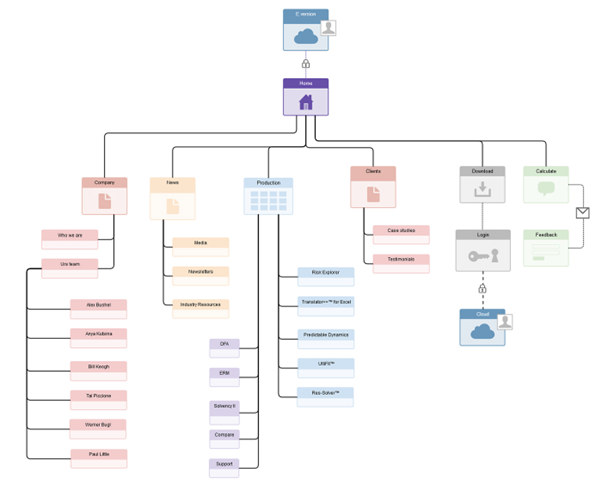
https://xd.adobe.com/ideas/process/information-architecture/information-ux-architect/
Information architecture organizes content to enhance findability and serviceability. The main objective of applying information architecture to mobile apps and sites is to enable the designers to infuse content with the much-needed structure and help users accomplish their goals with ease. From a mobile website to an application, the information architecture describes how your content or screens will be organized and how the users will interact with it.
Wireframes
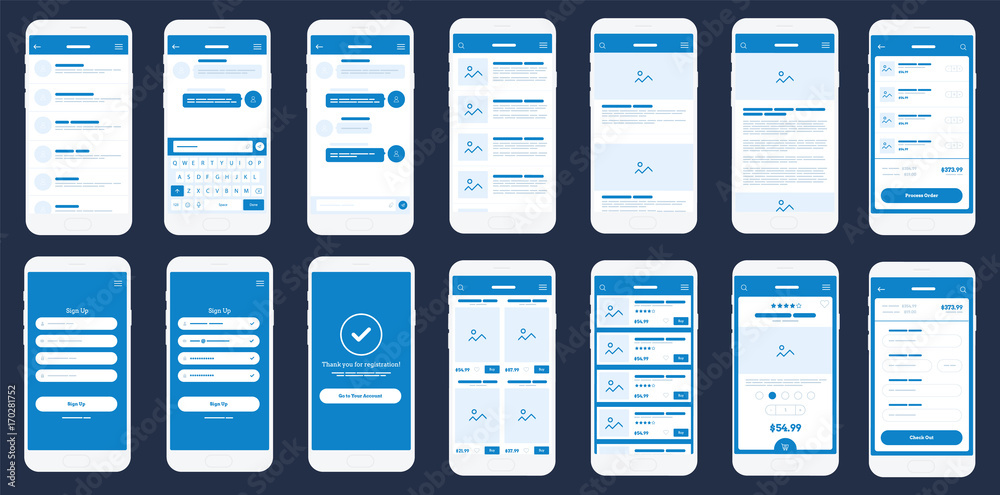
Wireframes are created by designers and are digital, simplified visual concepts of the final application. They define the structure, hierarchy, and relationship between the essentials elements that make up the product. Wireframes can be called an app's backbone.
Wireframing is the process of creating screens and assigning each function to its place. This is often first done on paper or whiteboards to develop proper ideas as it is easier to draw and erase ideas on a board or piece of paper than rewriting code. The main focus, at this stage, is on the app's layout and user experience.
User Flow

https://balsamiq.com/learn/articles/wireflows/
A user flow is the sequence of actions that users perform to certain task in your app. A well thought out sequence helps create an intuitive user experience, enabling the app's users to accomplish tasks within the app with ease. It is essential to think of all the user flows within your app.
Mockup
Mockups are the final outputs of your app's visual design. They are created by applying a style guide or visual design to the wireframes. As the design becomes more real, modifications are often expected to be made to its as new problems arise or new ideas originate.
Prototype
With the use of tools like Invision and Figma, you can create click-through prototypes. They are suitable for simulating the user experience and the app's workflows anticipated from the final product. Developing a prototype is a bit more work than just the mockup, but the efforts are always fruitful as they offer early-stage testing of your app's design and functionality.
Prototypes assist in identifying modifications to the app's projected functionality. You can also conduct prototypes during the wireframing stage, especially when an application's functional requirements are not planned accordingly.
App Development

An integral part of this phase in the mobile app development procedure is planning. Before developing the application, the team must define technical architecture, pick a technology stack, and define the development milestones.
Technical Architecture/Design
Several approaches, programming languages, and technologies are used to build a mobile application—all with their strengths and weaknesses. Some are older, but tried and true, some are trendy, but too new to have a strong community.
Sprint Planning
Sprint planning is a timeboxed working session lasting about an hour every week of a sprint. The team completes a set of product backlog items. This arrangement defines the sprint backlog and is grounded on the team's capacity, work speed, and the duration of the spirit.
Breaking down a large backlog of to-do items into smaller ones and dividing them evenly allows team members to focus on individual objectives and deliver working code in chunks, rather than waiting for the end of a project. Sprint planning is always done with the whole team.
Front End Development
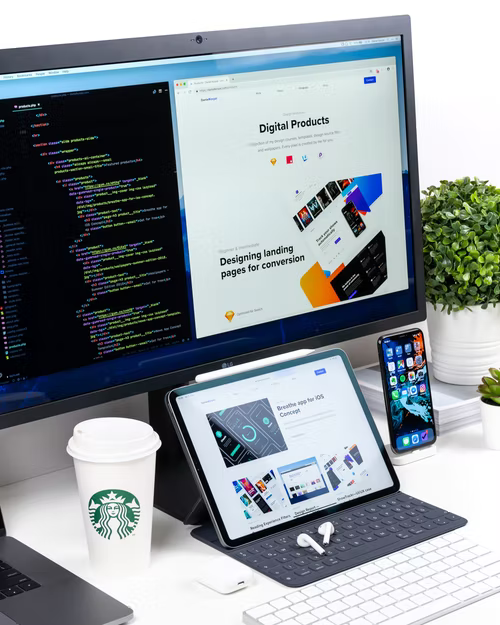
https://unsplash.com/photos/pKRNxEguRgM
For front-end development, three basic methods are used. They are cross-platform native, platform-specific native, and hybrid.
Platform-specific native apps are built with different written approaches for each mobile platform. For example, the same code cannot be used between Android and iOS as they use different programming languages. So, you have to write different code bases for your app if you're launching it on both these operating systems. This is the most expensive approach, but it has been tried and tested by numerous developers worldwide.
Apps built with a cross-platform native approach have a single codebase but run natively. ReactNative, and Flutter are the most used technologies for this platform. This approach is cost-effective and can be styled according to each platform.
Hybrid apps are developed through web technologies (CSS, HTML, JavaScript) and are installed via native packaging.
Back End Development
The server is accountable for much of an app's performance and scalability. The technologies used here are similar to those used to power web-based applications. Before penning down the code, you need to figure out its language, database, and hosting environment.
Among the dozens of languages available to build your API, Java, Golang, JavaScript, C#, PHP, and Python are the most common. These languages also have numerous frameworks that can be utilized for other uses.
SQL and NoSQL are the two main types of modern databases. SQL is more traditional and is considered to be the best option in most cases. Common SQL implementations include MYSQL, MSSQL, and PostgreSQL. The team also has to design a particular database scheme, as having dependable and well-organized data is critical to creating a scalable, maintainable backend.
To set a hosting environment, you need to decide where and how the API and database will be accommodated. The decisions need to be made with care because they will help determine your application's hosting costs, performance, scalability, and reliability. Amazon AWS, Google Cloud Platform and Microsoft Azure are some of the most common hosting providers.
API
An Application Programming Interface (API) is a communication technique between the mobile app and a back-end server/database. It is a set of tools, protocols, and practices for developing software applications. It lays down how software layers communicate. Additionally, this programming interface is used when programming GUI components.
The APIs allow the capabilities of one computer program to be used by another. They are a means by which two different programs can connect. An API delivers a user reply to a system and sends the system's response back to the user or other users.
Integration
The necessity for integration stems from the need to move data between applications. This comprises moving data from one system to another. Modern businesses no longer run on monolithic systems but rather use best of breed tools. For example, a company may run on a Salesforce CRM, a Shopify ecommerce platform, and an ActiveCampaign marketing system and this app may have to integrate with all 3 systems and more.
Application integration has four standard levels:
- Presentation-level Integration
- Business Process Integration
- Data Integration
- Communications-level Integration
The most commonly used enterprise application integration platforms include Dell, Boomi, Jitterbit, Talend, and Mulesoft.
Testing
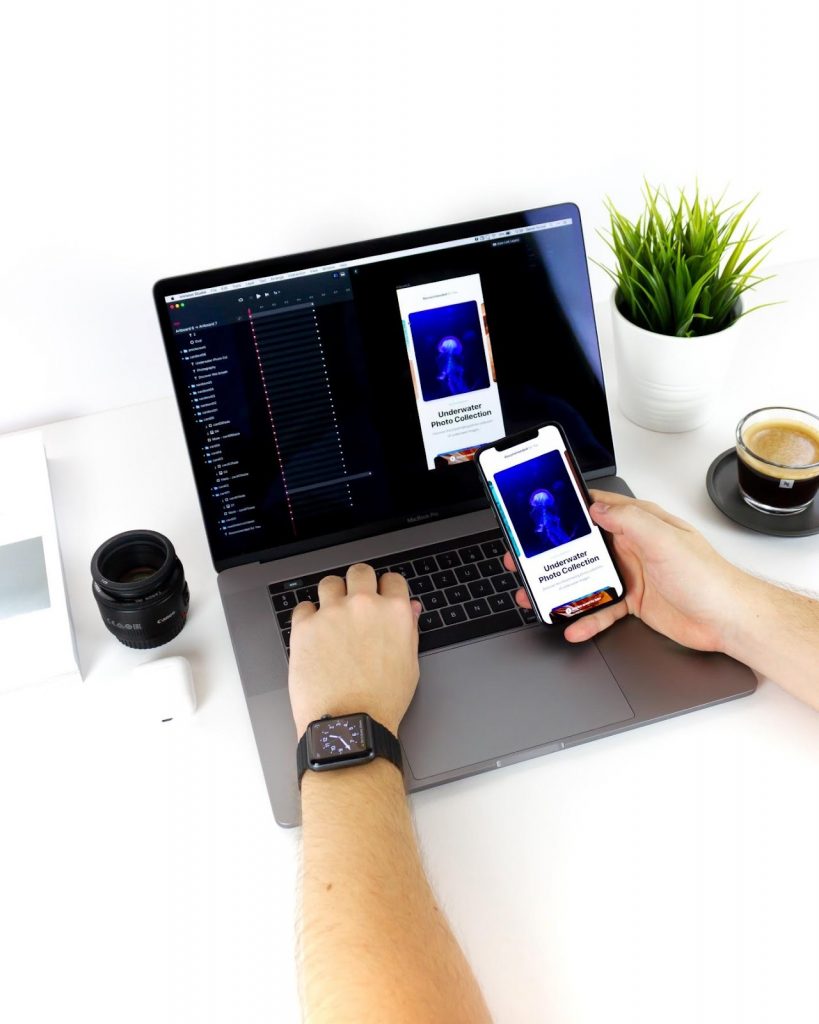
Testing is necessary to make sure there are no defects left at the end that can break the application. Performing thorough quality assurance testing during the mobile app growth process makes applications practical, secure, and constant.
Functional Testing
The accuracy of your mobile app's functionality is critical to its success. It is hard to forecast every end user's behavior and practice scenario. Make sure that the functional testing is carried out by a number of users to cover as many potential testing conditions as possible.
The basic purpose of functional testing is to ensure that the app's features are working without any issue. The whole system can be tested, or the functions of the app can be tested individually.
User Experience Testing
User experience testing or usability testing is one of the most important steps as it ensures that the final application matches the user experience shaped by the app design team. Visual aesthetics, workflows, and interactivity of your app are the factors that will give the first impression of the app to its users. The team has to ensure that the app employs reliable fonts, style treatments, padding between data, color scheme, and navigation. If the app ties with the original design guidelines, it will directly impact its user adoption.
Performance Testing
Performance testing can be carried out through a quantitative criterion depending on several well-thought-out questions.
For example:
- Is the size (megabytes, kilobytes, or gigabytes) of the app larger than it should be?
- Are the app's screen loading time tolerable?
- Is the app responding well to the user requests?
- Is the app draining your phone's battery?
- Does the app leverage network bandwidth competently?
Regression Testing
Regression testing can be defined as re-running functional and non-functional tests to ensure that formerly established and tested software still performs similarly after a change. Due to the swift pace of technological advancement, regression testing has become a necessity in mobile app development.
Mobile regression testing comes with some challenges that you should be aware of. Some of the examples are below.
- Regression of a bug: Retesting if a bug has been fixed.
- Regression testing of past fixes: Retesting various previously fixed bugs to see if they have reappeared.
- General functional regression: Retesting the entire product, including previously working portions, to check if the latest improvements have compromised the working code.
- Conversion or port testing: A portion of the regression testing process is run to check whether the software was successfully transferred to a new platform.
Device-Specific Testing
It would be difficult to assure the existence of mobile apps without checking their compatibility with hardware and operating systems. Hence, apps are tested on several devices to ensure software and hardware quality. They are tested through interruptions, location-based services (LBS), biometrics, NFC payments, etc.
User Acceptance Testing
User acceptance testing can be defined as a sort of testing performed by the end-user or client to confirm the capability of the software system before moving the app to the production environment.
The main objective of user acceptance testing is to validate end-to-end business flow. You must know that it does not concentrate on cosmetic errors or system testing. It is performed in separate testing settings with a production-like data setup.
Beta Testing
Beta testing can be recognized as one of the final steps in the app development lifecycle before it is launched for installation. Its purpose is to make sure that users are content with a software product. It catches any software bugs and errors that have crept through the testing course.
Deployment
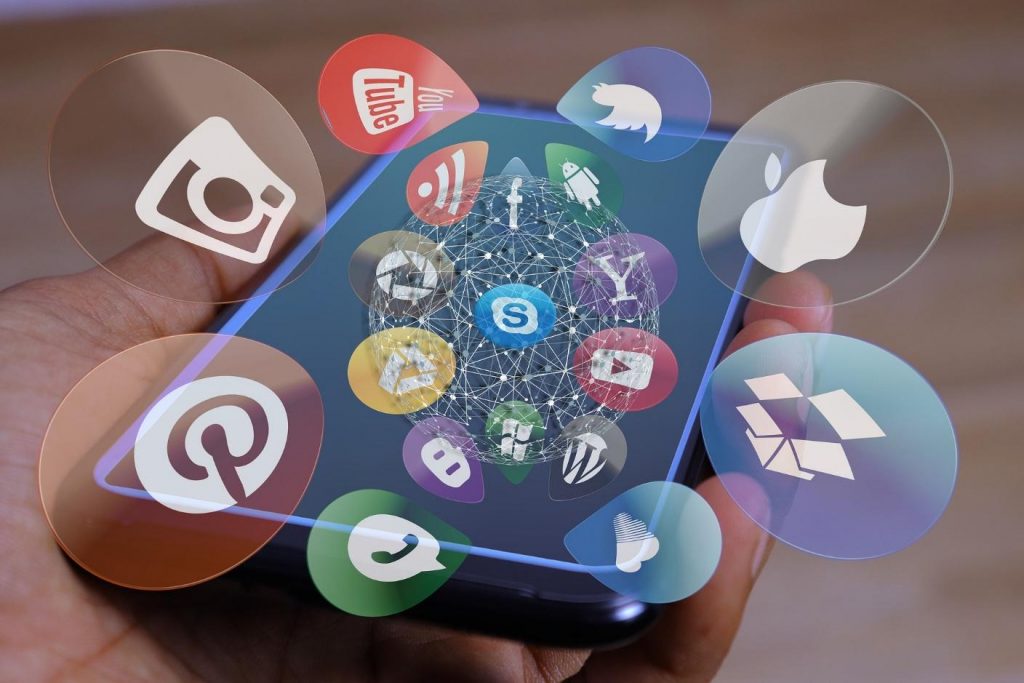
To finally make your app available for the public's use, you will need a developer account on Apple App Store for iOS apps and Google Play for Android apps. An app's publication in the app store entails preparing metadata, including:
- The app's name
- Description
- Genre
- Keywords
- Launch icon
- App Store screenshots
Once all the details are submitted, Apple App Store reviews them, which may take a few days to several weeks depending on the quality of your app and how closely you followed the rules of application.
At the Google Play store, there is no review process. The app goes live after a few hours of application.
After the app goes live, you are supposed to monitor its usage through mobile analytics platforms and track its key performance indicators (KPIs) to measure the app's success.
Marketing
As an app developer, it is vital that you recognize the changing marketing trends and preferences of your target market and plan your marketing strategy accordingly.
Start mobile app promotion before its official launch. Try to build hype on your social media—Facebook, Instagram, LinkedIn, Twitter, etc. This can help increase brand awareness. To ensure the success of your marketing campaign, prepare launch kits for the press and send them to different promotion groups. Collaborating with influencers is one of the most famous strategies to promote your app, as most people today use social media and follow them.
ASO
App store optimization (ASO) enhances mobile apps to rank higher in an app store's search results. It also focuses on user click-through rates.
It is different from search engine optimization (SEO), as SEO is used to rank websites. ASO is essential for app growth as it maximizes downloads and makes sure the target market discovers your app.
Maintenance and Support
Even after you're finished with developing and launching your app, there is still work left to be done. If you want an app that stands the test of time, it needs to be monitored and updated regularly.
1. Adding New Features
Adding new feature upgrades to your app based on user feedback and consumption habits keeping users engaged and interested.
It's also a good idea to keep an eye on your app reviews. The majority of users give suggestions for enhancements and additional features. Use these suggestions to improve your app's upgrades.
Regular, small feature upgrades are also a more cost-effective approach than starting from scratch or updating after a long period.
2. Ensure that New Hardware and Software are Compatible with Existing Apps
You'll lose clients if you don't update your app regularly and make sure it's functional with all of the latest devices and platforms.
As technology advances, your users will upgrade, and your app will be abandoned.
It's also a smart option to adopt the latest hardware capabilities, like fingerprint authentications and push alerts into the functioning of your app.
3. Fixing Bugs
You'll lose users if you don't monitor your app frequently and fix bugs as soon as possible.
In fact, flaws can cause your app to crash and fail permanently.
Always be on the lookout for bugs and technical problems and repair them as soon as possible. Keep track of user comments and reviews so that any concerns may be addressed quickly.
Conclusion
App development is a long process, and there is no single factor that can determine its success. To ensure its success, all the steps need to be followed carefully. The team must ensure premium quality before launching the app. This will ensure that the app is successful and that it will continue to improve after its launch.
If you are looking for help to build your app, get matched with an app development agency here.
Latest Posts

How Much Does it Cost to Make an...

Mobile App Development Process i...

How to Reduce Your Mobile App De...

